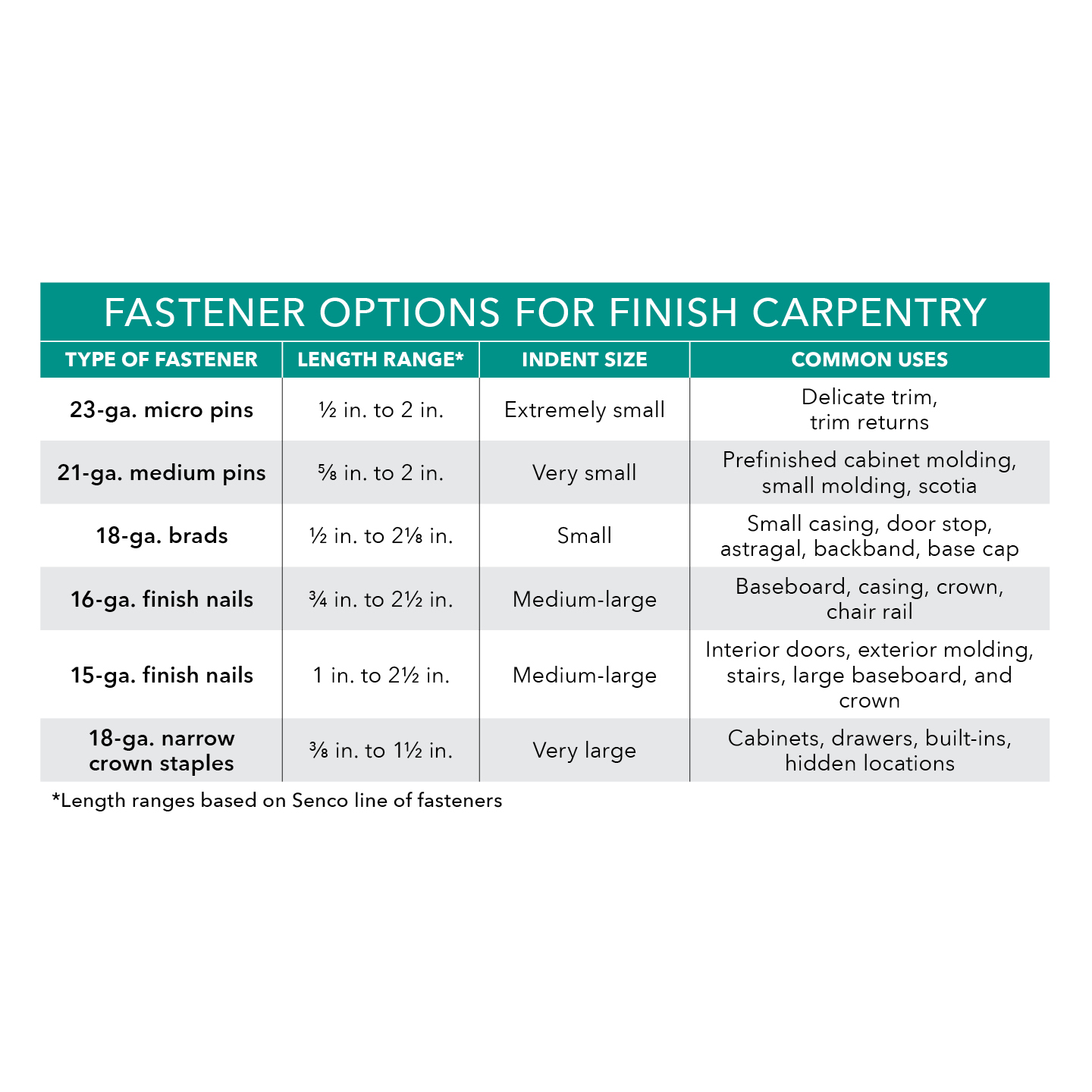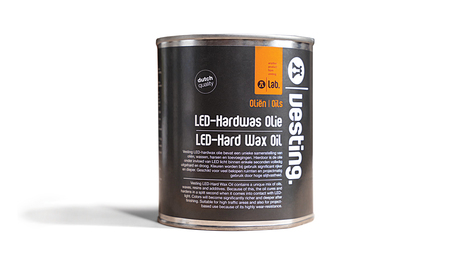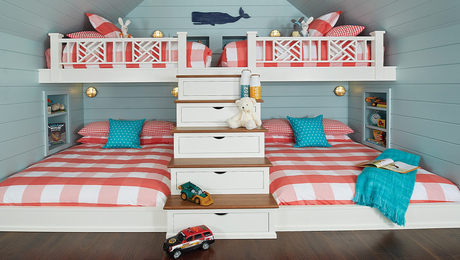Never the Same Thing Twice: An Interview with Joel Wheeler
The New Mexico cabinetmaker and designer talks about his work
Drawing on 36 years of experience, Joel Wheeler, principal of The Branch Cabinetry in Albuquerque, prefers working with new woods, design concepts, and techniques when creating kitchens for his firm’s clients. In an interview with FineHomebuilding.com, Joel shares a robust list of influences and details his near-perfect apprenticeship.
When designing a new project, what do you do first?
JW: Once I’m sure I have the sale, the collaboration process begins. Especially if a designer and an architect are involved, collaboration ensures the greatest chance of customer satisfaction, and thus success of the final product.
Who or what are your design influences? Who inspires you?
JW: I’m influenced by Asian, Shaker, Arts and Crafts, mission, art nouveau, and Scandinavian styles. And I’m inspired by designers and furniture makers like Emile-Jacques Ruhlmann, Greene and Greene, Charles Rennie Mackintosh, Le Corbusier, Eileen Gray, Hans Wegner, James Krenov, and Christopher Alexander.
Do you have any signature design elements, things that really identify a piece as one only you could’ve made?
JW: I have studiously avoided “signature” motifs, woods, or styles. Working with new concepts, techniques, and new woods is much more preferable for me.
“My firm is known for being able to do what other shops don’t even know they can’t do.”
What do your customers seek you out for?
JW: My firm is probably best known for clean lines, simplicity, tailored veneer patterns, excellently executed complexity, limitless styles, humor and whimsy (when needed), and being able to do what other shops don’t even know they can’t do. We commonly employ the golden mean and the Asian mean as a starting point for our designs, though we do modify them for size constraints or practicality.
Most of our business is generated by word of mouth. Our customers come to us knowing what they will ultimately receive.
What tricks do you use for customization?
JW: My best trick: 36 years of experience. I also read books and design magazines constantly. I attend furniture and cabinet shows, and I try to never do the same thing twice. I deliver only superior products, and I listen to the customer and to my craftspeople. If we work on a design similar to a previous one, we improve it in scale, strength, and gracefulness, and we’ll use new techniques.
It also helps that we work with the best subcontractors/collaborators (carvers, wood turners, upholsterers, etc.) in the business.
“The thrill of design was slower in coming.”
If you had to pick a first love, would it be designing or building?
JW: First love. During my apprenticeship, I felt guilty for being paid to be taught what I loved doing: building pieces. I worked with and learned from craftsmen who had honed their trade in Germany, Czechoslovakia, Italy, St. Louis (when St. Louis was the millwork center of the U.S.) and other superior shops across the country. At that time, hand tools, like the cabinet scraper, handsaw, Yankee screwdrivers, and rabbet planes, were still in regular use. And I was given free rein to the shop and its tools after hours and on weekends.
The thrill of design was slower in coming. For the most part, the shop of my apprenticeship (soon becoming the shop of my foremanship) was a production facility, so my designs were limited mostly to what I built for my family and myself. However, when I started my own business, I had to design in order to get the work.
Ultimately, design garnered my heart, though that heart still pumps blood with sawdust in it.
Do you have a favorite project? Material? Tool?
JW: Many projects start with the potential of being my favorite, but like children, I can’t choose one over the other.
And, different woods are appropriate for different projects; each has its unique characteristics, which can be used to its advantage.
I have to say, with the addition of special jigs and setups, the tablesaw has served my shop the most successfully of all tools, though we would be lost without all the others: jointer, planer, shaper, wide-belt sander, spray booth, routers, drill motors,
bandsaw—and of course—our beloved hand tools.
To learn more about Joel’s work read Signature Details for Kitchen Cabinets from the August/September 2007 issue of Fine Homebuilding.

























